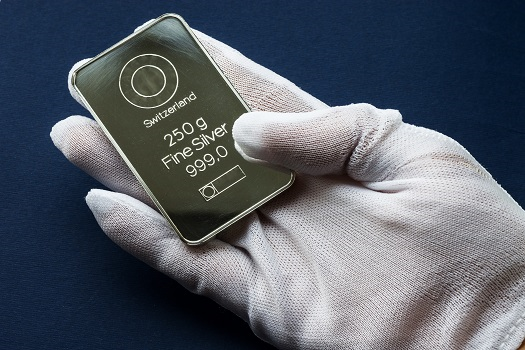Which Quarters Contain 90 Percent Silver?
If you want to invest in silver, consider beginning with quarters. The value of coins is more likely to rise over time compared to other forms of silver, mainly when economic instability exists. However, it’s best to know when rare coins were produced instead of investing in junk silver coins, which are more common. If you’re considering investing in silver coins, make sure to work with a reputable precious metals dealer, such as First National Bullion. Carlsbad collectors should know that quarters minted with a significant percentage of silver could fetch higher prices than other quarters, though this typically depends on the years when they were produced and other essential factors.
Years of Silver & Copper Quarters
Between 1796 and 1964, the coins were made with 90 percent silver. However, Washington quarters were made with 90 percent silver beginning in 1932. After 1964, the coins were minted with a copper-nickel alloy.
Collectors can look for specific features on these coins, starting with the year. If the quarter was dated before 1965, it’s most likely made with 90 percent silver. However, the year may be difficult to locate. In these instances, looking for small letters at the bottom of the coin by the rivers would be an excellent idea. The pieces made with these mint marks are rare, but they exist.
The weight is another factor to consider, as most coins made of silver weigh approximately 6.25 grams, and they have a complete silver covering without other forms of metal sandwiched on the inside.
Selling the Coins
Although many silver coins are sold for two dollars or less, some collectibles are worth thousands of dollars. Various factors determine the selling price, including the year and the materials the coins are made of. Remember that silver coins are still more valuable than most other types of silver collections. Therefore, before assuming your quarters are only worth a couple of dollars each, speak with professionals who can give you accurate opinions and help you trade the quarters or process them for cash.
Transitional Errors
Although it’s rare to find minted quarters with 90 percent silver beyond 1964, it’s possible. You may locate some coins minted in the following year due to transitional errors. These 1965 coins are typically worth the most, as they’re not considered junk. With the higher selling price of these quarters, locating them is usually more difficult, and the odds of finding one are significantly reduced.
Other Silver Coins
Although Washington silver quarters are the most popular, there are other coins with 90 percent silver. In 1964, the Kennedy half dollar was produced. Keep in mind these coins are minted today, but they don’t contain silver. Therefore, collecting Kennedy half dollars from 1964 can give you extra value, depending on the coin and where it was minted.
A junk silver coin produced between 1916 and 1947 was the Walking Liberty half dollar, which shared the same value as the Kennedy half dollar. The first circulated 90 percent silver coin in the United States was the Franklin half dollar, and from 1916 to 1945, silver dimes were also popular, especially the Mercury dime.
When they’re looking for the best advice on how to buy silver bullion, Carlsbad precious metals collectors can rely on the trustworthy professionals at First National Bullion. We can answer all your questions and help you find all the information you need on how precious metals can be a valuable part of your portfolio. Give one of our experienced dealers a call today at (760) 253-8072.
The statements made in this blog are opinions, and past performance is not indicative of future returns. Precious metals, like all investments, carry risk. Precious metals and coins may appreciate, depreciate, or stay the same in cash value depending on a variety of factors. First National Bullion does not guarantee, and its website and employees make no representation, that any metals for sale will appreciate sufficiently to earn the customers a profit. The decision to buy, sell, or borrow precious metals and which precious metals to purchase, borrow, or sell are made at the customer’s sole discretion.


